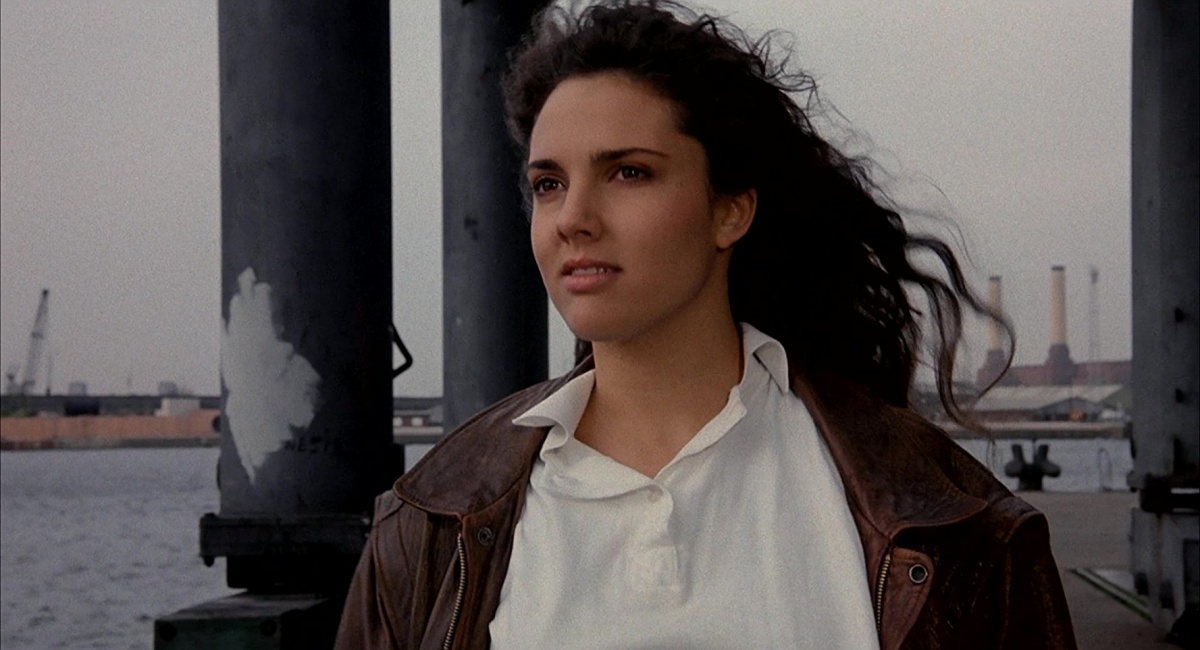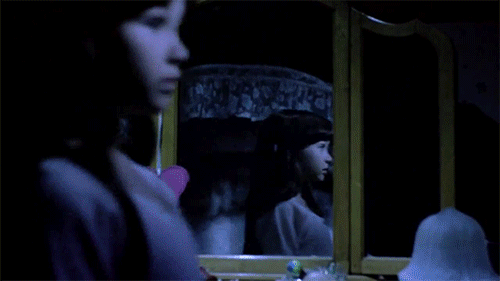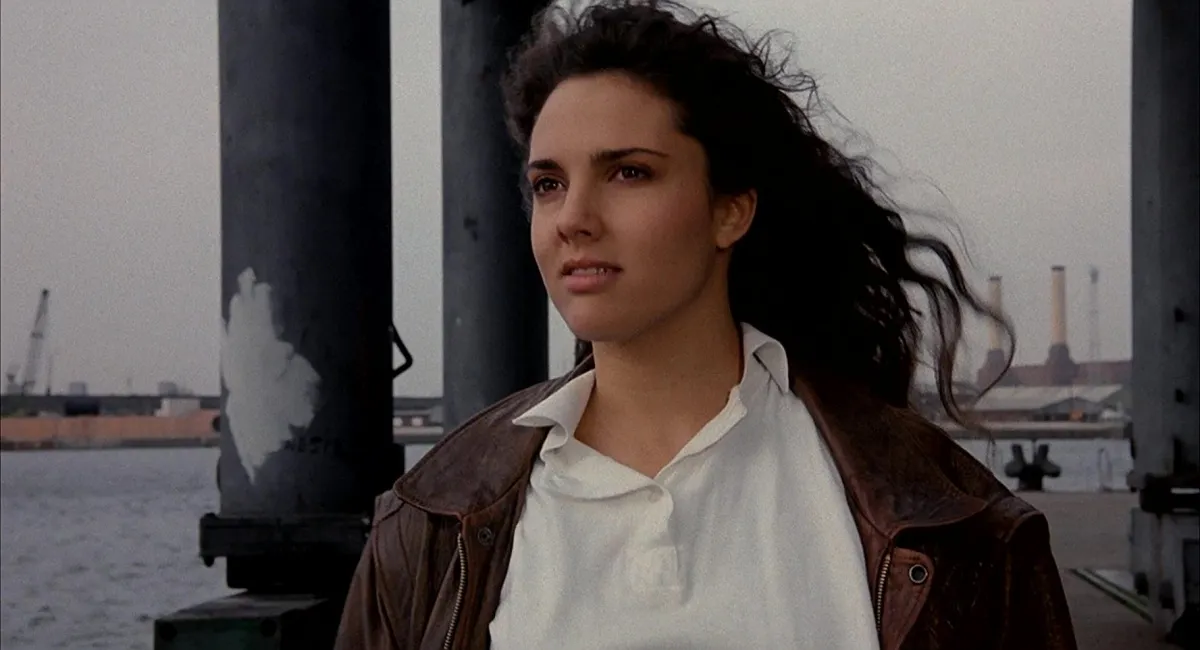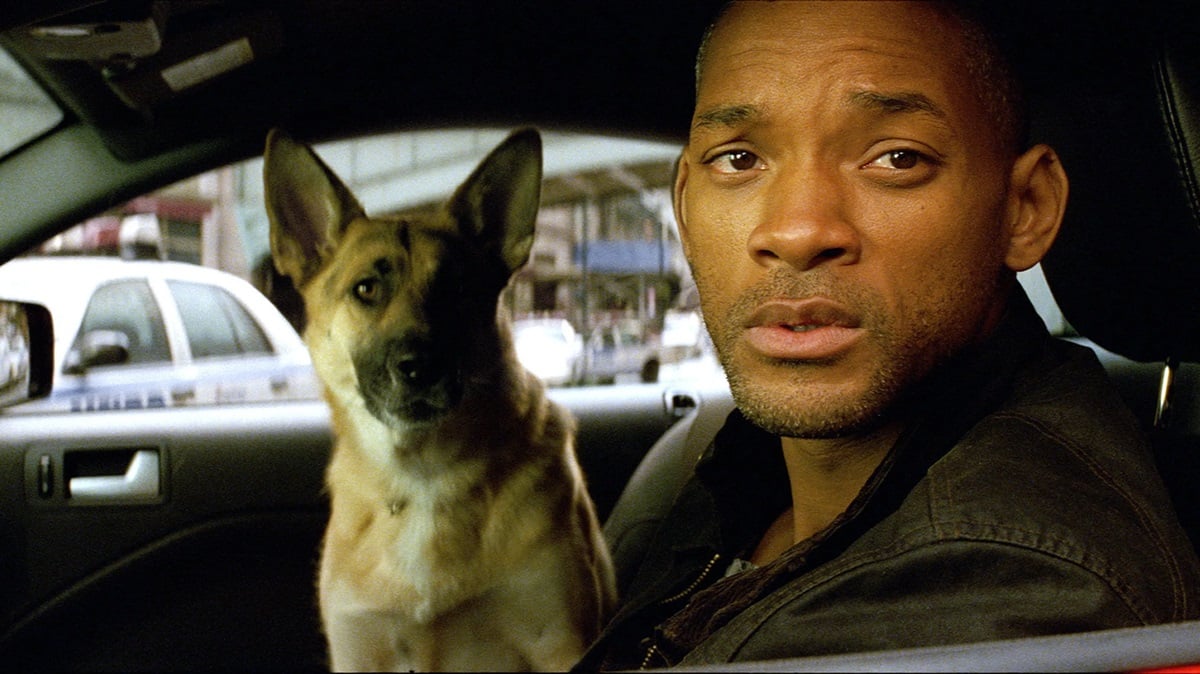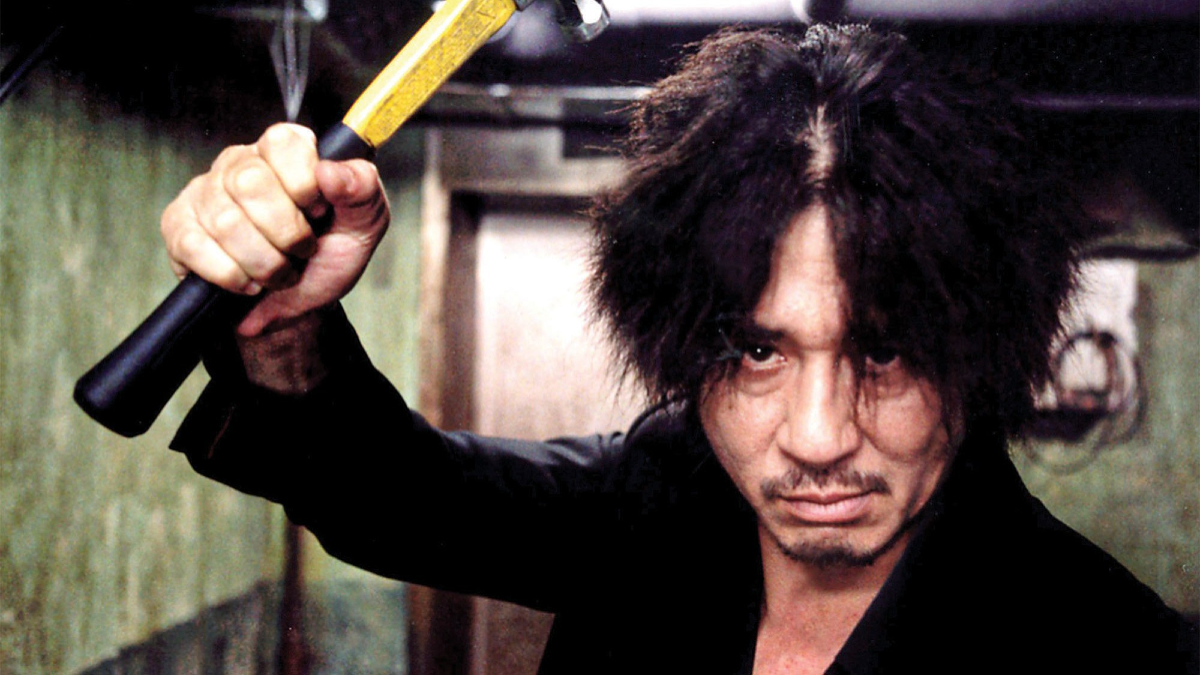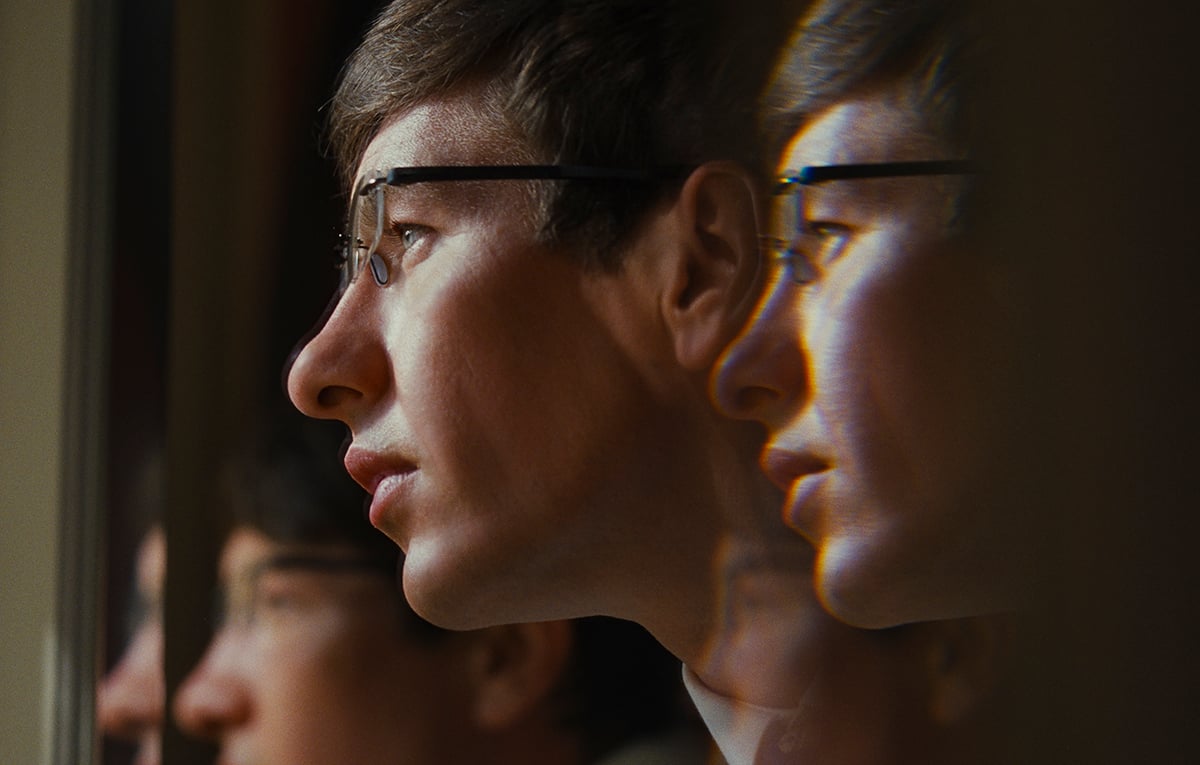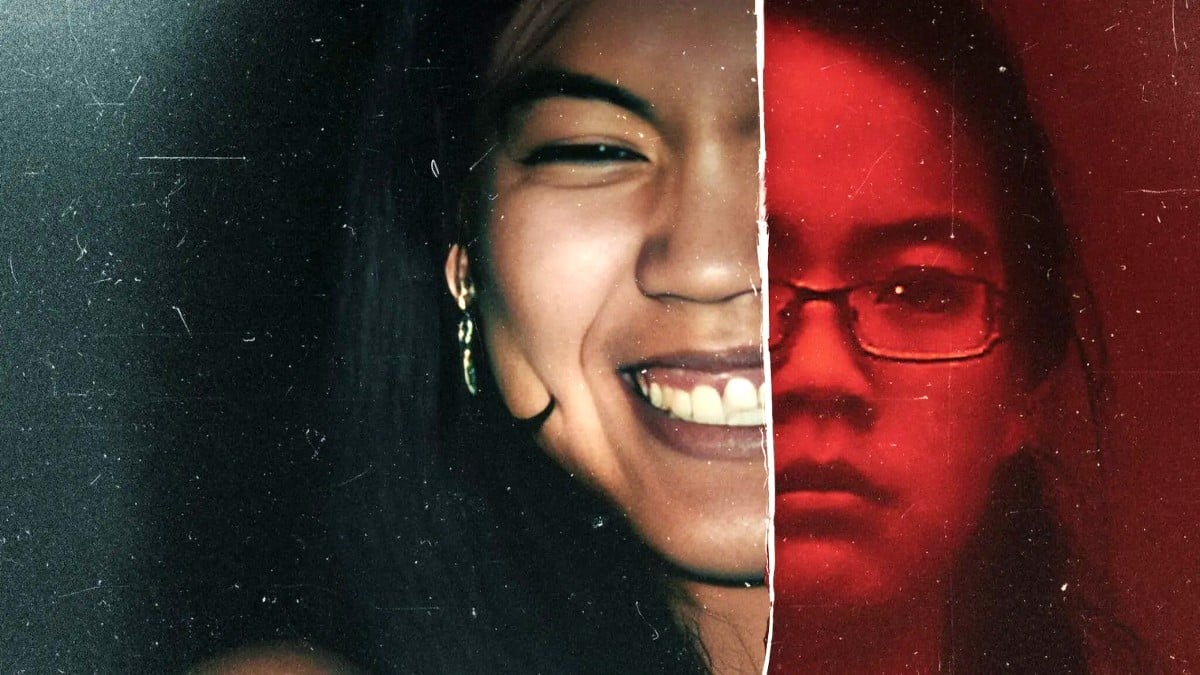A few days ago, director and writer Anna Biller published some tweets arguing that the “final girl” trope in horror movies isn’t an inherently feminist concept.
I’ve been mulling over this tweet since I saw it, because it crossed over with this other idea I heard from YouTuber Count Jackula, who made the comment that horror movies aren’t spaces where social justice exist.
Now, as a huge fan of horror movies, especially slasher films (I have a very weird and confusing crush on Freddy Kruger), and a feminist who believes in social justice, I often find myself living between these two realms. Do I believe there are some bad-ass female heroines in horror movies? Yes. Do I believe that it is possible to read the “final girl” through a feminist lens? Totally, and there are plenty of academic studies that do just that. But what is the space between horror and not just feminism, but the idea of social justice? Can they exist in tandem?
Well, like most things, it depends on the movie. Take Candyman, which features the legendary Tony Todd as the Candyman, the son of a slave and an artist who falls in love with and fathers a child with a white woman in 1890. He is then killed by his lover’s father, mutilated, and then smeared with honey so that he stung to death with bees.
His death in-universe is wrapped up in white society’s fear of black men raping white women. Or as Blazing Saddles so aptly put it “Where the white women at?” Through his backstory, we are brought back into this era of injustice and hyper-paranoia around the black male body, which still exists today.
As a spirit who haunts and torments the black residents of the Cabrini-Green projects, he then turns from victim to a violent overseer of fear to other black people. Through his death, he has become the thing that history has always feared because goodness didn’t save him the last time. His lust for Helen, a grad student who is working on urban legends, both reinforces that pre-existing fear of black masculinity, but also romanticizes it by making Candyman a tragic figure first.
The thing about horror, most horror anyway, is that they all exist around the fear of “The Other.” So many of these narratives take place in suburban areas or in places that exist within those “safe all-American” spaces because those are the areas that you are supposed to be safe in. It’s one thing for there to be violence in the Cabrini-Green projects, but Elm Street is a nice neighborhood. “It’s not supposed to happen here.”
It’s the same reason why a shooting in an urban area is treated differently than shooting in a suburban area. The suburbs were invented to escape all of that and when it seeps inward, that is terrifying to people.
We’re equally obsessed with the concept of the sins of the past that were buried, rather than properly acknowledged, coming back to haunt people: all those homes built over “Indian burial grounds.” Hell, even in the movie Truth or Dare, the reason why the demon is let out is because a bunch of kids went to Mexico, and a white guy got too drunk and started breaking shit. I’m not saying these movies are looking to intentionally examine colonization, but the roots to examine the story in that context do exist. Partly because the past catching up with you is a staple of horror and American’s past is rooted in that sort of violence.
Looking at sexual violence in horror films, it gets even more complicated. There are certainly horror movies directed by women: Mary Harron (American Psycho), Jennifer Kent (The Babadook), Freddy’s Dead was directed by Rachel Talalay, and of course, Mary Lambert who did Pet Sematary.
Yet the icons of slasher films are largely created by men—from the monsters to the women who fight them. This doesn’t mean that they can’t be progressive. I’d argue that the original Black Christmas was super progressive in making its final girl not a virgin, but a woman who was going to get an abortion and felt no guilt about it. That’s a gutsy thing to do in 1974.
Still, in 1996’s Scream, our heroine has a lot of emotional hangups about her virginity not just because of what it means for her, but largely because her mother was the “neighborhood slut” and was brutally murdered because of her sexual misconduct.
Putting women behind the scenes doesn’t inherently make things better, not if they still play up those same tropes. Cult-classic
Jennifer’s Body has been reclaimed by us LB gay women, but it doesn’t erase the fact that it was marketed towards horny boys rather than embracing the gay elements it was playing with. As noted in a piece about the film from
i09: “Written and directed by women,
Jennifer’s Body is a film made in a women’s genre about women’s problems. It’s a movie about why women want to stab Megan Fox in the tit with scissors.”
Except the women who actually saw the movie didn’t want to stab Megan Fox in the tit, we wanted to hang out with her … and possibly date her, but that’s not the point. Still, in a film written by women and directed by women, it felt the need to resort to the male gaze in marketing and pit the “sexy and slutty” Jennifer against the “nerdy and mostly pure” *eye roll emoji for days* Needy.
In the end, horror is weird about women’s sexuality. It both doesn’t want to punish women for having sex, but also doesn’t know how not to. Even movies that call out these tropes like Cabin in the Woods still feel the need to take things up to 11 in order to make its point.
What Anna Biller touched on so excellently is that when the majority of the films we are examining are coming from the male gaze or targeting that gaze, it is important to recognize that there is a sexualization behind it. It wants its heroine to have the vulnerability so that the audience is worried about her; there is this idea of the “female sex” being more vulnerable, which is why you get scenes like this:

(credit: Screengrab)
At least this is getting better, with films like Teeth, Truth or Dare, Happy Death Day and Final Girls. When it comes to most genres, we have to deal with gender issues. With horror, which has most people being killed by men in penetration like ways—yeah, it’s tricky.
The relationship between the female body and horror has existed since the beginning of the “gothic” genre. It falls into all of our preconceived notions about virginity, innocence, and what makes the “perfect victim,” and the way we as a society are programmed to feel more afraid for a defenseless woman than a defenseless man. Since Isabella first had to protect her virtue from Manfred in The Castle of Otranto, the ability to assertively hold on to your virtue and be the last young woman standing has been an element of the genre (R.I.P Matilda, you were sacrificed for male angst).
What do you think? Where does the final girl fit in feminism? Does she need to?
(via Twitter, image: New World Pictures)
Want more stories like this? Become a subscriber and support the site!
—The Mary Sue has a strict comment policy that forbids, but is not limited to, personal insults toward anyone, hate speech, and trolling.—
The Mary Sue is supported by our audience. When you purchase through links on our site, we may earn a small affiliate commission. Learn more
